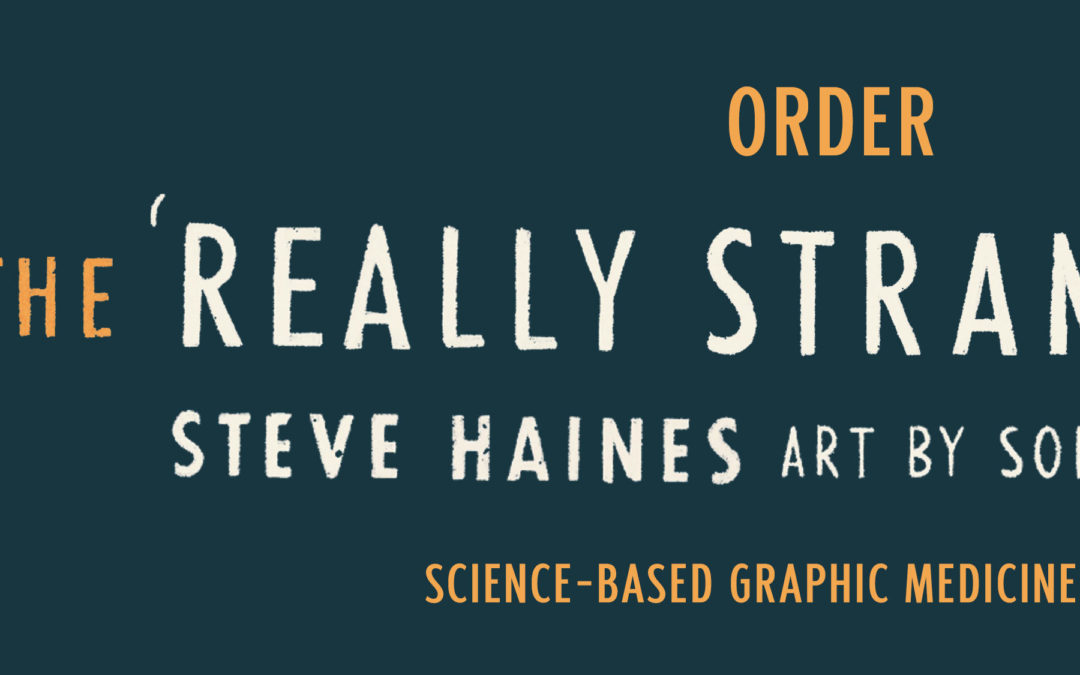If you’re looking for recommendations for books to read or request over the winter break, I’ve compiled a list of eight of my recent favourites, my go-to recommendations, as well as my own books.
ONE: Look Again
By Elizabeth A Trembley
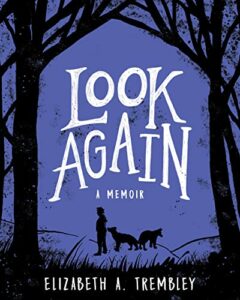 I can’t recommend ‘Look Again’ highly enough. It is a beautiful and powerful exploration of trauma and memory in a graphic novel.
I can’t recommend ‘Look Again’ highly enough. It is a beautiful and powerful exploration of trauma and memory in a graphic novel.
Uncovering the mystery of dissociation is central to the story. It’s moving, engaging and cleverly done. The book unfolds six variations of the same story, each time we learn more about the complexities of remembering and overwhelm.
(Thrillingly, for me, Trauma is Really Strange has a vignette as the author learns about dissociation. She discovers the possibility of dissociating as a child: ‘Dad I have spaghetti arms again’.)
These panels in the comic really capture how weird life can be when we only have ‘a weakened ribbon-like connection’ to our body. Just fabulous.
TWO: Seven and a Half Lessons About the Brain
By Lisa Feldman Barrett
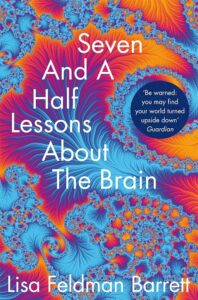 One of my all-time favourites, over seven chapters (plus a brief history of how brains evolved), neuroscientist Lisa Feldman Barrett (author of another good book, How Emotions Are Made) explores mind-expanding lessons from the latest neuroscience research.
One of my all-time favourites, over seven chapters (plus a brief history of how brains evolved), neuroscientist Lisa Feldman Barrett (author of another good book, How Emotions Are Made) explores mind-expanding lessons from the latest neuroscience research.
I really enjoyed this short guide to the brain. Lisa Feldman Barrett is an excellent guide and covers a lot of big ideas easily and clearly, such as how – with some effort – you can change how your brain will predict in the future.
I loved this example: sensations that are associated with crippling anxiety can be learnt to be experienced as ‘energised determination’.
THREE: Intact. A Defence of the Unmodified Body
By Clare Chambers
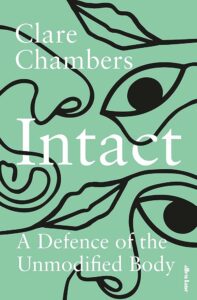 I loved this book. A really even handed, in depth exploration about what it is to be embodied.
I loved this book. A really even handed, in depth exploration about what it is to be embodied.
Chambers offers a clear ‘political principle’ that your body is good enough as it is. It’s political because we need to negotiate all sorts of external forces and conditioning that strongly determine our sense of our body and our self. So often our bodies are the root of shame, our body is never good enough.
With lots of rich examples she draws out ideas about ‘Natural’, ‘Normal’ and ‘Whole’ bodies. Each section is fascinating and made me pay attention to how we construct our experience. Just fabulous.
My own books are also available to purchase here:
FOUR: Pain is Really Strange
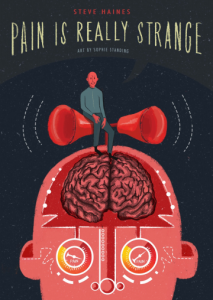 This first of my graphic novels, illustrated by Sophie Standing answers questions such as ‘how can I change my pain experience?’, ‘what is pain?’, and ‘how do nerves work?’
This first of my graphic novels, illustrated by Sophie Standing answers questions such as ‘how can I change my pain experience?’, ‘what is pain?’, and ‘how do nerves work?’
My aim was to reveal just how strange pain is, explain how pain is a protective feeling, not an accurate guide to the state of your tissues and explore how to change the mind’s habits to transform pain.
You can purchase Pain is Really Strange here >>
FIVE: Trauma is Really Strange
 The questions this book explores include; what is trauma? How does it change the way our brains work? And how can we overcome it?
The questions this book explores include; what is trauma? How does it change the way our brains work? And how can we overcome it?
When something traumatic happens to us, we dissociate and our bodies shut down their normal processes. In this book, I aimed to explain the strange nature of trauma, how it confuses the brain and how it affects the body.
You can purchase Trauma is Really Strange here >>
SIX: Anxiety is Really Strange
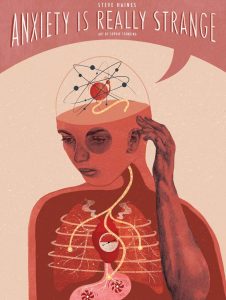 What is the difference between fear and excitement and how can you tell them apart? How do the mind and body make emotions? When can anxiety be good? Anxiety is Really Strange addresses these questions and more, revealing just how strange anxiety is, but also how to unravel its mysteries and relieve its effects.
What is the difference between fear and excitement and how can you tell them apart? How do the mind and body make emotions? When can anxiety be good? Anxiety is Really Strange addresses these questions and more, revealing just how strange anxiety is, but also how to unravel its mysteries and relieve its effects.
You can purchase Anxiety is Really Strange here >>
SEVEN: Touch is Really Strange
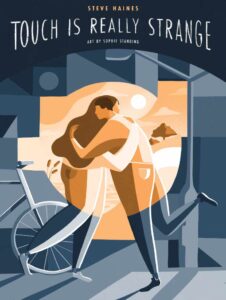 This is the latest addition to the really strange series, written during lockdown. It explores questions like; why can’t we tickle ourselves? Did you know slow touch conveys powerful emotions? How does touch shape our perception of the world?
This is the latest addition to the really strange series, written during lockdown. It explores questions like; why can’t we tickle ourselves? Did you know slow touch conveys powerful emotions? How does touch shape our perception of the world?
In this book I wanted to reveal the complexity of touch as well as explore its power and limits. Used positively, touch can change pain and trauma and generate compassion and social bonding.
Get it wrong and it can be terrifying.
You can purchase Touch is Really Strange here >>
EIGHT: The Really Strange Box set
My books have been compiled into a boxset, which you can purchase here >>
 The books are also available in Japanese, Simplified Chinese, French, German, Korean, Slovenian and Welsh (!) – you can find out more here
The books are also available in Japanese, Simplified Chinese, French, German, Korean, Slovenian and Welsh (!) – you can find out more here

